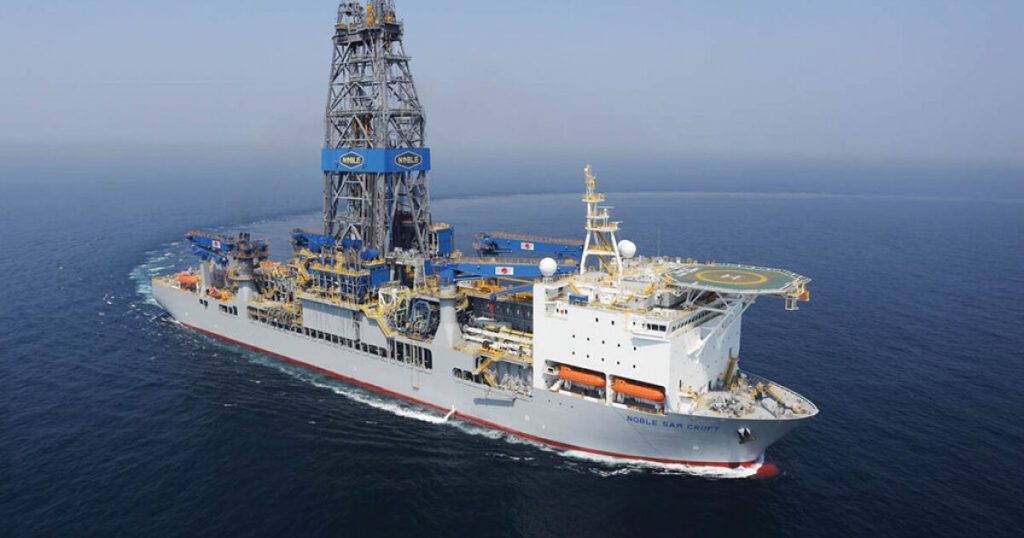The formation of hydrocarbons in offshore reservoirs occurred 300 million years ago being formed by decaying plankton and algae on the seabed. These were then covered in silt, sand and mud; this sludge being compressed and heated anaerobically, before eventually turning into hydrocarbon source rock.
Offshore crude oil (petroleum) and natural gas are fossil fuels and, we would be in a sorry state today without them. They were formed from decaying plankton and algae during the carboniferous period but, alas they are running out.
However, in tthe following sections we are going to look at how oil and gas was formed under the sea many millions of years ago, where it is found in depths between 3000 and 6000 metres and in temperature range of 65ºC to 177ºC.
The first section provides an overview of the formation of source rock.
Oil and Gas Formation into Source Rock
During the Carboniferous Period in the Paleozoic Era hydrocarbons were beginning to be formed.
On the surface of the sea and other water tracts plankton and tiny algae floated soaking up and storing the energy from the sun. The algae were mainly diatoms; minute one cell creatures with a skeletal metabolism similar to that of silica (e.g. sand) and produced tiny amounts of oil through photosynthesis. This helped them store energy and stay afloat a couple of metres under the surface of the water.
When the plankton and algae died they sank down to the bottom and over millions of years gradually build up a layer of decaying creatures. This sedimentary layer became thicker as more sediments of mud and sand was added becoming a sludge as heat and pressure were applied under anaerobic conditions.
Gradually the sludge became kerogen then as the oxygen and nitrogen were removed by chemical reaction it was then converted to a mixture of oil, gas and water, all being contained in what has now become a source rock.
A sketch of this follows

Oil and Gas Transition to Reservoir Rock
The gas, oil and water formed could now move freely and upwards into another layer of porous rock of dolostone, limestone or sandstone. The most popular type is indeed sandstone which has the capability and capacity to soaks up the hydrocarbons and stores them in a reservoir; hence its name-reservoir rock.
This is shown in the sketch below

Cap Rock
The hydrocarbons continue to rise up until they hit the cap rock. This is an impermeable layer of rock which stops the flow of hydrocarbons and encapsulating the reservoir. Cap rock is normally of shale or salt
Traps – The Types and Their Purpose
Now that the oil is contained below the cap rock, it is further gathered into a reservoir of oil, gas and water by the formation of a trap. There are two types of traps, Structural and Stratigraphic, however a trap can be a combination of both types.
The most common type of trap and the one most looked for by reservoir geological surveyors is a structural trap in the form of a Fault or Fold ( Sketch below shows an Fold Anticlinal Trap). This occurs where the sedimentary rocks have folded due to tectonic action producing an arch or dome shape into which the oil and gas migrated until it came against the impermeable layer of cap rock at the top of the domed extrusion



